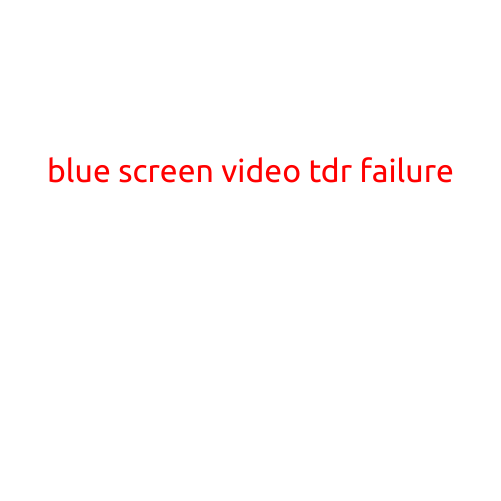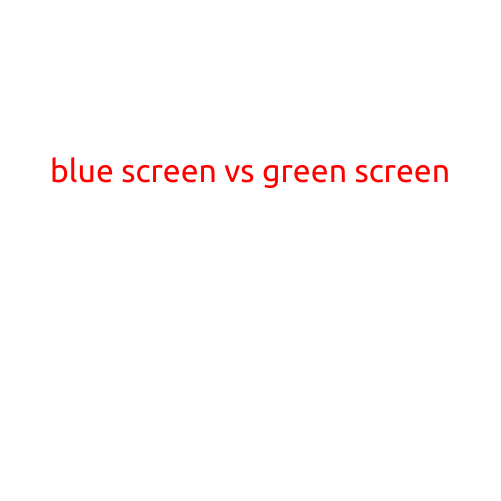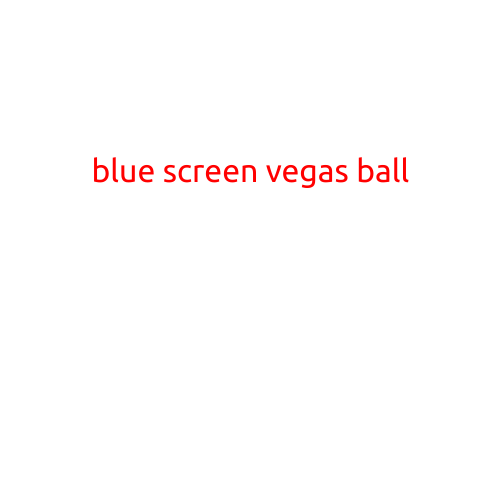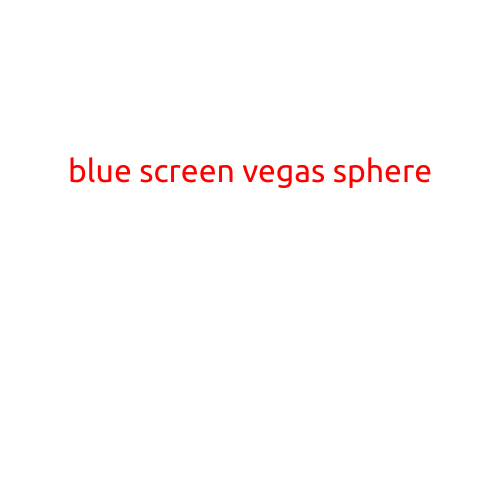
Blue Screen Video: The Ultimate Guide to Creating a Stunning and Memorable Visual Experience
The blue screen video – a staple of many a music video, film, and special effect. Also known as chroma keying, this technique involves replacing the blue background with a different image or video to create a seamless and captivating visual experience. In this article, we’ll dive into the world of blue screen video and explore the benefits, techniques, and best practices for creating a stunning and memorable video.
What is Blue Screen Video?
In simple terms, blue screen video involves shooting a subject or scene in front of a blue background, and then replacing the blue background with a different image or video in post-production. This technique is commonly used in film and television to create surreal, surrealistic, or even futuristic environments. The blue screen is typically painted with a high-contrast, bright blue color to ensure that it stands out and can be easily replaced in editing.
Benefits of Blue Screen Video
- Creative Freedom: Blue screen video provides the ultimate creative freedom, allowing you to imagine and create environments that would be impossible or impractical to build in real-life.
- Cost-Effective: Shooting a blue screen video is often more cost-effective than building elaborate sets or locations.
- Flexibility: Blue screen video can be used in a variety of applications, including film, television, commercials, music videos, and virtual reality experiences.
- Real-Time Rendering: Blue screen video allows for real-time rendering, making it ideal for live events, presentations, and video conferencing.
Techniques for Creating a Blue Screen Video
- Lighting: Proper lighting is crucial for a successful blue screen video. Use soft, diffused light to minimize shadows and harsh contrasts.
- Color Grading: Color grading is essential to ensure that the blue screen is accurately replaced in post-production. Use a consistent color palette to maintain a cohesive look.
- Subject Placement: Carefully consider the placement and movement of your subject in front of the blue screen to avoid any potential issues with chroma keying.
- Blue Screen Painting: Make sure the blue screen is painted with a high-contrast, bright blue color to ensure that it stands out and can be easily replaced in editing.
Best Practices for Blue Screen Video Shooting
- Shoot in 4K: Resolution is key when it comes to blue screen video. Shooting in 4K ensures a high-quality image that will hold up well in post-production.
- Use a tripod: A tripod is essential for maintaining a steady shot and minimizing camera shake.
- Monitor your lighting: Continuously monitor your lighting setup to ensure that it’s providing the best possible results for your blue screen video.
- Test and refine: Test your blue screen video and refine your setup as needed to ensure optimal results.
Conclusion
Blue screen video is a powerful technique that can take your visual content to the next level. By understanding the benefits, techniques, and best practices for creating a blue screen video, you’ll be well on your way to producing stunning and memorable visual experiences that captivate your audience. Whether you’re a professional filmmaker or a hobbyist, the blue screen video is an essential tool to add to your toolbox.





